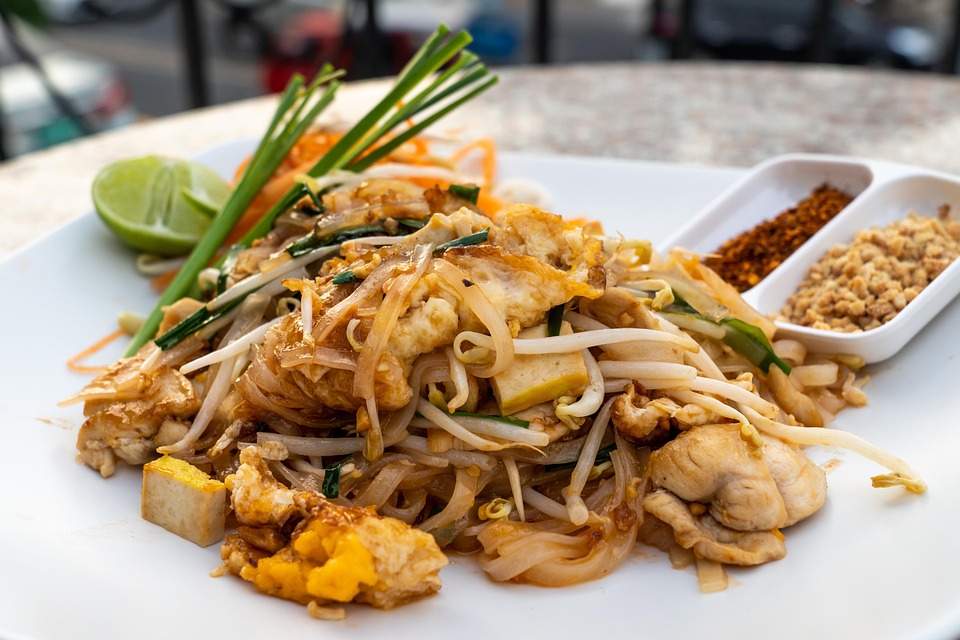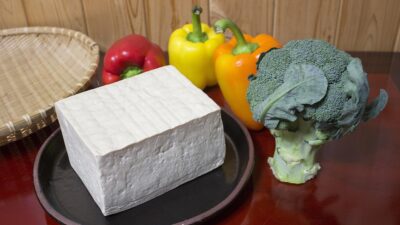Thailand is renowned for its vibrant culture, breathtaking landscapes, and, perhaps most importantly, its extraordinary cuisine. Thai food is a harmonious blend of flavors and textures, with its balance of sweet, sour, salty, and spicy elements making it a delight for food lovers around the globe. In this article, we’ll delve into two of Thailand’s iconic dishes: Pad Thai and Tom Yum, exploring their histories, ingredients, and cultural significance.
Pad Thai: The Stir-Fried Delight
A Brief History
Pad Thai, often considered the national dish of Thailand, emerged during the 1930s. It was popularized by the Thai government as part of a campaign to promote nationalism and unify the country. The dish was seen as a way to modernize the Thai palate and reduce reliance on foreign influences, particularly from Chinese cuisine.
Ingredients and Preparation
Pad Thai is a stir-fried noodle dish typically made with flat rice noodles, which can be found in markets across Thailand. Key ingredients include:
- Rice Noodles: The heart of the dish.
- Protein: Often shrimp, chicken, or tofu.
- Vegetables: Sprouts, scallions, and sometimes egg.
- Peanuts: Crushed and sprinkled on top for crunch.
- Tamarind Paste: Provides a unique sourness.
- Fish Sauce: Adds depth and umami.
- Lime Juice: For freshness.
The dish is cooked in a hot wok, where the ingredients harmonize to create an experience that is both comforting and exciting. The presentation is usually topped with lime wedges and fresh herbs, enhancing the visual and flavor experience.
Cultural Significance
Pad Thai is not just a meal; it’s a representation of Thai identity. Whether enjoyed as street food or in a fine dining setting, it serves as a culinary ambassador for Thailand, inviting taste explorers to appreciate its culinary diversity. The dish has transcended borders, becoming a staple in many countries, further showcasing its universal appeal.
Tom Yum: The Spicy Soup Sensation
A Brief History
Tom Yum is a traditional Thai soup that has gained global popularity for its bold flavors. Its roots can be traced back to the 19th century, believed to have originated in the Central region of Thailand. The name “Tom Yum” comes from the two Thai words: "tom" (to boil) and "yum" (spicy and sour), highlighting the culinary principles behind this beloved dish.
Ingredients and Preparation
Tom Yum is characterized by its fragrant broth, infused with a variety of fresh ingredients, which often include:
- Lemongrass: A key aromatic herb.
- Kaffir Lime Leaves: Adds a citrusy flavor.
- Galangal: A root similar to ginger, providing warmth and spice.
- Chili Peppers: For heat; the spice level can be adjusted based on preference.
- Mushrooms: Often included for texture.
- Shrimp: The most common protein, though chicken and fish can also be used.
- Fish Sauce: Enhances the savory profile.
The soup is traditionally served hot, garnished with fresh herbs like cilantro, and often accompanied by steamed rice. The balance of spicy, sour, and savory flavors creates a warming and invigorating experience.
Cultural Significance
Tom Yum is emblematic of Thai cuisine, illustrating the country’s love for bold, aromatic flavors. It’s more than just a dish; it represents hospitality and is often served at gatherings and celebrations. Each family may have its own secret recipe, making it a dish that carries personal history alongside its cultural importance.
Conclusion
From the sweet and sour notes of Pad Thai to the zesty and aromatic Tom Yum, Thailand’s culinary landscape is rich and varied. These dishes not only satisfy the palate but also tell a story of the nation’s history, culture, and identity. As you explore Thailand’s cuisine, each bite transports you to vibrant street markets or cozy family kitchens, offering a taste of the heart and soul of this remarkable country. Whether you’re a seasoned traveler or someone experiencing Thai food for the first time, these iconic dishes will inevitably entice and delight, leaving lasting memories of tingle and flavor.



